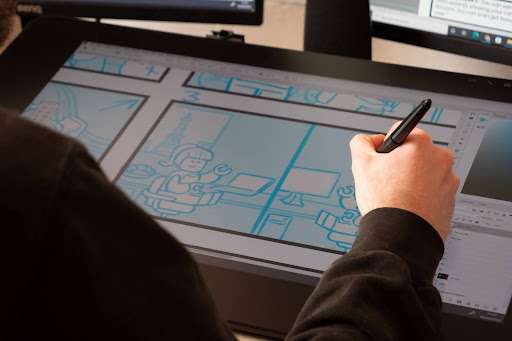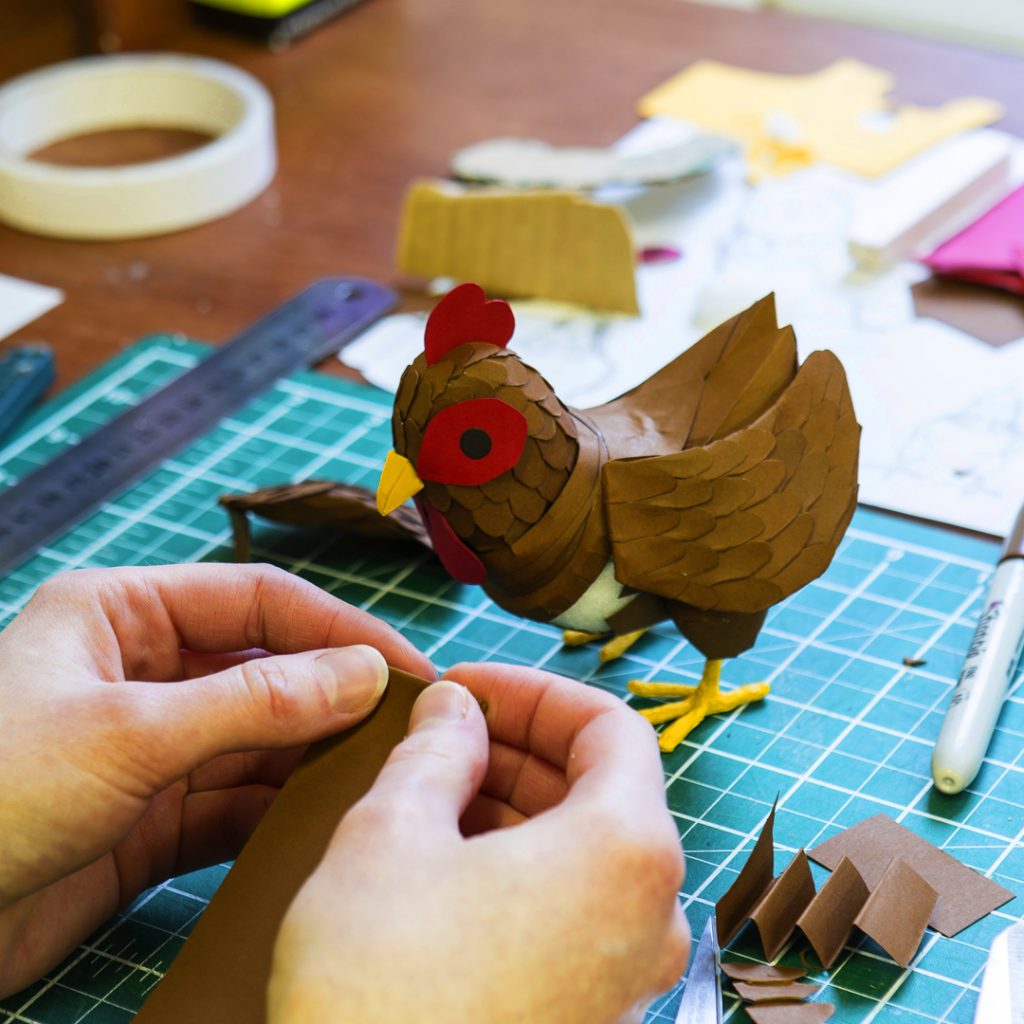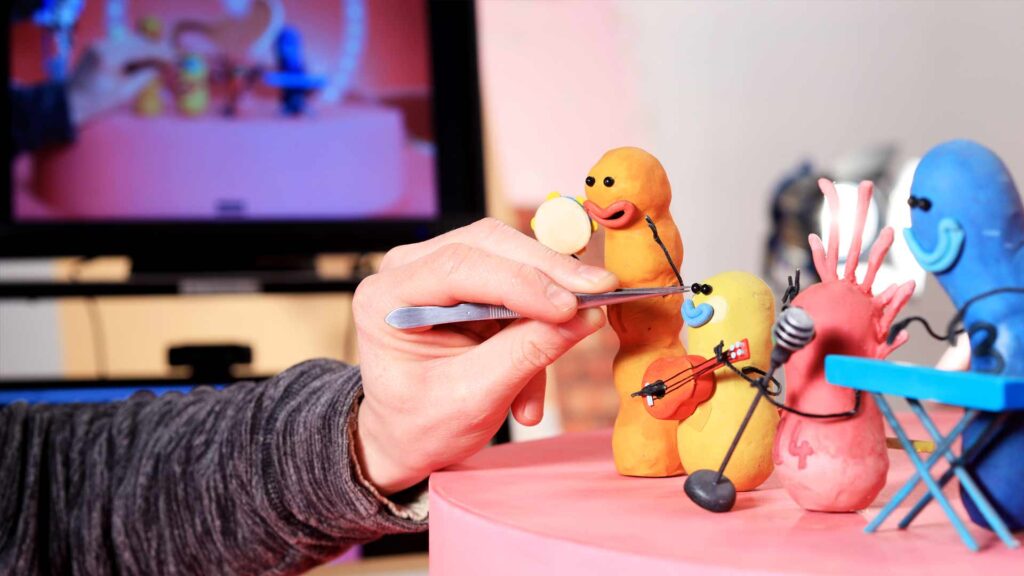How To Create a Stop-Motion animation:
An overview of the animation process
At A+C Studios we’ve been creating stop-motion animation for advertising for over 15 years. Over this amazing time we have produced countless stop-motion, 2D, and mixed-media advertisements for a range of advertising agencies and international brands. In this time we feel that we have learnt quite a bit about what goes into creating animated adverts. So, in this blog we wanted to take you through our process from start to finish, giving you an insight into creating a stop-motion film or advert.
Pre-Production
This is arguably the most important stage of the process. Failing to plan, is planning to fail. Without proper planning and scheduling, there is no way for the project to stay on time. It’s important everyone understands their focuses to keep a project on track. Each and every animation studio will start a project by creating a schedule detailing how much time will be spent on each element of the production process. This is useful not only for the studio itself, but for the clients who are commissioning the advertisement.
Clients will have very specific ideas on what they would like in the finished animation. So, when creating the schedule it is always important to leave space for feedback and revisions later on. It means that clients have ample opportunity to get the finished product as close to their vision as possible.

At this stage it is also important to produce a storyboard and an animatic of what will happen in the animation. These are usually drawn or created digitally by either the client or in-house at the animation studio. As an animation studio it is always helpful to create these, as it helps the animators and clients get a better feeling for camera placement throughout the animation, as well as the length of each shot. This process is especially important if the advert being commissioned is a narrative piece, as this helps greatly when pacing out the story elements. It is at this stage that, hopefully, all of these factors can be finalised, ready for the rest of the shoot. Getting these timings confirmed as soon as possible helps the whole animation process run a lot smoother.

Once the schedule is in place, prepping for the animation can now begin. If the subject for the animation is a product, it’s important to make sure that the object gets to the studio as soon as possible. The product is the most important thing for both clients and the animation studio in terms of props. Getting the object early means that it can be ready for the shoot as soon as possible.
Model Making

At the model making stage, we work on gathering all props and set dressing elements that will go into each shot of the film. These props range greatly, depending on the project. Whilst one project may call for a realistic look with real world items that can be bought, another may require each and every prop to be made completely from scratch. It is up to the client and the available resources of the animation studio in charge of production, to create or source the appropriate props needed for the animation.

If the product needs to fly or move a lot during the animation, it is important to have enough time to allow for rigging to be completed. The same process needs to be completed for any props that move within each scene, this ranges from anything like characters on set to the individual page of a book! It’s important that nothing moves on set, as unlike regular film, stop-motion animation is taken one frame at a time. If any of the props move between taking each frame, it causes the animation to be very uneven and jerky.
Model making also includes the building of the set which depending on what is required for the production can be quite large. Some of the sets we have created here at our animation studio have ranged enormously in size from tabletop models to entire studios spaces being used. The time it takes to build these sets should be factored into the beginning schedule.
For more information about puppet making and model making read our blog here:
What are stop-motion characters?
Animation Production
Now it’s important to have the right space to shoot the commercial. At A+C we have 3 studio spaces inside The Old Laundry, one has a large infinity curve, one has three stages and the other has two stages. Choosing the right space for the project is critical, making sure sets can fit through doorways, or booking time in to construct and dress before the shoot, it all needs to be put into the schedule at the beginning of the project.
Once all of the props and set have been created and approved by the client, it is then time to arrange all of these elements on set. During this stage, the lighting for the shot will also be completed. Thought needs to be put into how the lighting will affect the look of the shot and shadows that could potentially be cast by rigging. One aspect of lighting setups that often gets overlooked is how easily animators can move amongst all the stands and lights themselves! This setup process is the final opportunity for the client to make any last minute changes to the set. Here at our animation studio, we like to invite the client to come and see the set in person, as this gives them a better representation and insight into what is going on behind the scenes.

Once the lighting is finalised and the props are set up, it’s finally time to begin animation. This process is very intricate and probably takes the most time of all the parts of production. On average, a stop frame animator can produce anywhere between 5 and 10 seconds of animation per day. This means that for an average 30 second advert, shooting could take around a week to finish. Each model and prop needs to be expertly moved in order to create realistic movement in the final film.
Post-Production
Once the animation has been completed, the final stage left to complete is the process of post-production. A rough edit of all the animated shots is put together, to give the client an idea of what the film will look like once it is finished.
Once the schedule is in place, prepping for the animation can now begin. If the subject for the animation is a product, it’s important to make sure that the object gets to the studio as soon as possible. The product is the most important thing for both clients and the animation studio in terms of props. Getting the object early means that it can be ready for the shoot as soon as possible.
After post-production is finished, all that is left to do is send the finished film to the client ready for it to be released. The process of creating a stop-motion advertisement from start to finish is always a joy. Getting the opportunity to bring a company’s vision to life is always a dream for any animation studio. It’s a chance to create short form animations that really have the opportunity to express some unique ideas.

For a more in-depth read about stop-motion check out our guide to stop-motion here:
